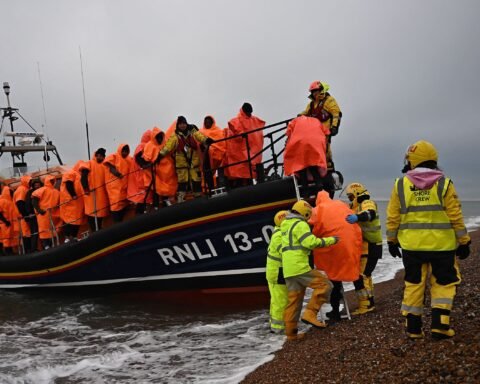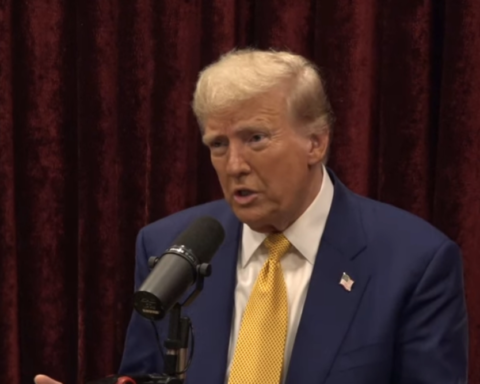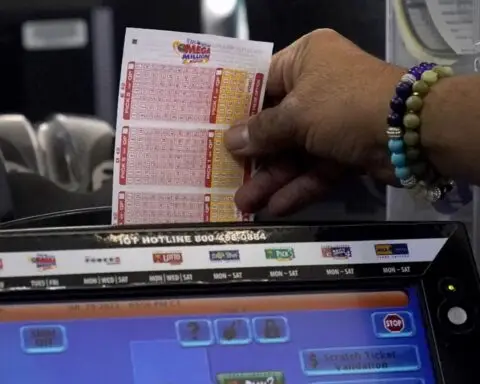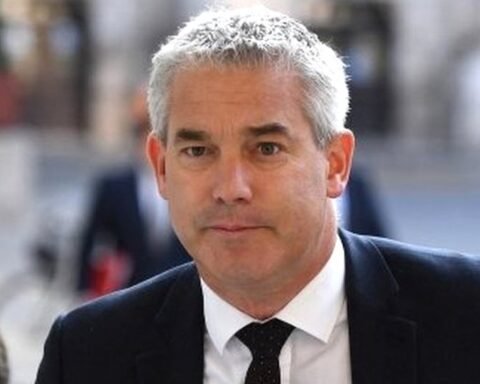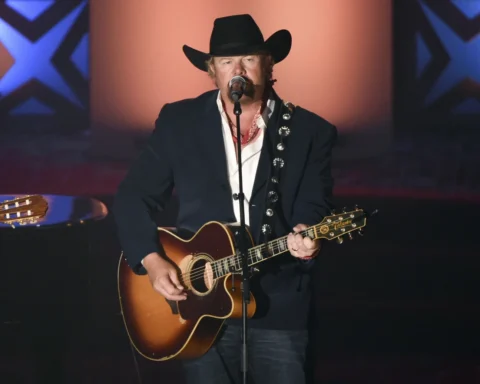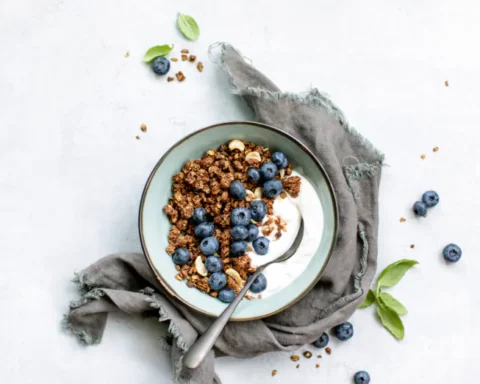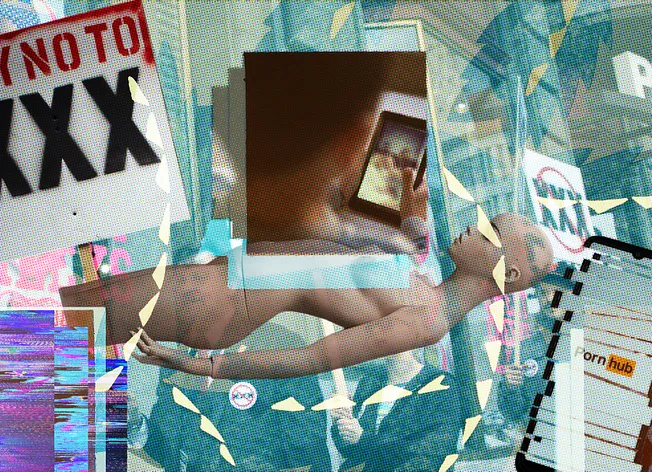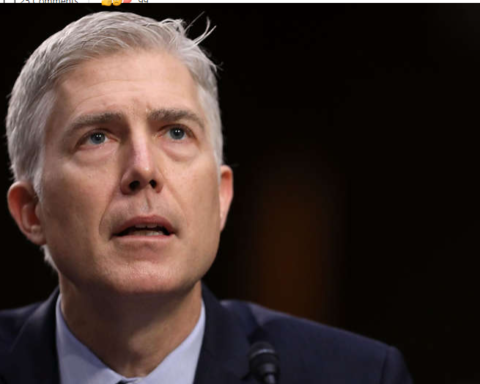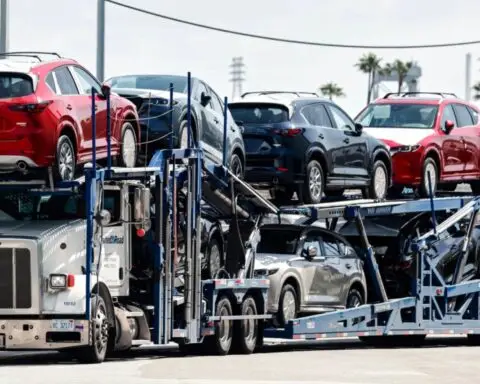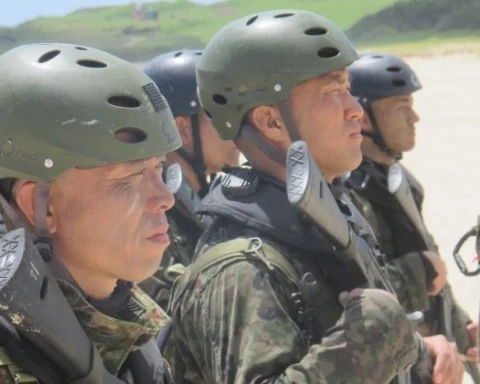Porn is not content. It’s a substance. And it must be controlled like one, argues 16-year-old Isabel Hogben.
The Free Press | by Isabel Hogben | August 29, 2023
I was ten years old when I watched porn for the first time. I found myself on Pornhub, which I stumbled across by accident and returned to out of curiosity. The website has no age verification, no ID requirement, not even a prompt asking me if I was over 18. The site is easy to find, impossible to avoid, and has become a frequent rite of passage for kids my age.
Where was my mother? In the next room, making sure I was eating nine differently colored fruits and vegetables on the daily. She was attentive, nearly a helicopter parent, but I found online porn anyway. So did my friends.
Today I’m 16, and my peers are suffering from an addiction to what many call “the new drug.” Porn is the disastrous replacement for intimacy among my sexless, anxiety-ridden generation.
First, let’s get on the same page about what porn really is today. When I talk to adults, I get the strong sense they picture a hot bombshell in lingerie or a half-naked model on a beach. This is not what I stumbled upon back in fourth grade. I saw simulated incest, bestiality, extreme bondage, sex with unconscious women, gangbangs, sadomasochism, and unthinkable physical violence. The porn children view today makes Playboy look like an American Girl doll catalog.
I am told that in the less explicit twentieth century, porn stars looked human. Today, they are fake: the boobs, the butts, the pleasure. Even the erections are artificial. The Los Angeles Times reported as far back as 2001 that Tyce Bune, a former L.A. porn actor, brought a “vial of Viagra” to work every day.
But the preadolescent and adolescent brain doesn’t know it’s all fake. It believes wholeheartedly what it sees. I certainly did.
These faux sexual images heightened to an artificially attractive form are what Dutch biologist Nikolaas Tinbergen called a “supernormal stimulus.”
In an experiment, Tinbergen created fake female butterflies out of cardboard, enhancing their bright colors—and found that the males preferred the supernormal decoys over the real females flapping right in front of them.
This represents what happens when we are bombarded with fake stimuli. Our brains form new pathways and connections—a process called neuroplasticity—and at some point, after repeated exposure to a supernormal stimulus, we prefer the cardboard butterflies and the fake boobs over the real thing.
This process is especially detrimental to the still-growing, sex-obsessed adolescent brain. Artificial stimuli can saturate and warp a young mind before it ever encounters a real-life sexual experience.
Many “sex-positive” pornographers claim they can prevent this by mitigating artifice in their videos. One such personality is porn actress Stoya, who told The New York Times she believes porn can be a good thing.
Although Stoya admits she’s troubled about her work’s influence on young people (it apparently keeps her “awake at night”), her answer is to make her pornography more realistic, more female-centered, and more contextual. For example, Stoya lauds a practice in some BDSM porn (bondage, domination/discipline, sadism, and masochism) that encourages “aftercare,” which is essentially two partners “checking in” after brutalizing each other in bed.
How sweet.
There is no porn that’s okay for children and teens. Not even “feminist” porn. Here’s why:
A recent Cambridge University study shows that porn’s effects on the brain are neurochemically identical to drug addiction. It’s as much a dangerous substance as illicit drugs.
When someone consumes an addictive drug, a hit of dopamine, the pleasure hormone, releases into the bloodstream. The brain loves dopamine and wants to repeat the feeling, leading to cravings and eventually addiction. This “gratification hypothesis,” according to a University of Duisburg–Essen study, is why cybersex addiction occurs.
But some, including Nadine Strossen, the former national president of the ACLU, argue that minors’ access to porn content is a “free speech” issue, noting young people have a constitutional right to information about sexual health.
They are wrong. Porn is not about sexual health. Nor is it “content.” It’s a substance.
If a child ordered three shots of vodka at a bar, the bartender would object. If a child asked for cigarettes at a gas station, the attendant would laugh. But with a quick Google search, a child has access to millions of hours of a dangerous substance.
With that same Google search, children consume dangerous lies about sexual pleasure. A recent BBC study of 2,000 UK men ages 18–39 found that 71 percent have gagged, slapped, choked, or spat on their partner during sex. A third said they don’t think to ask for permission before committing these acts.
An Indiana University study shows that the earlier a girl is exposed to porn, the more she will accept behaviors like choking, facial ejaculation, and “aggressive fellatio” from a sexual partner.
Meanwhile, models and female entrepreneurs—women who little girls look up to—are flocking to OnlyFans to sell naked photos of themselves.
In short, most of my friends think this stuff is normal.
The solution is not “good porn,” as Stoya claims. America needs a sexual renaissance—a massive, full-scale social change of heart and mind when it comes to porn, sex, and addiction. Fight the New Drug is one nonreligious nonprofit providing meaningful truth about this problem.
Even better, legislators are finally starting to step up. Louisiana state representative Laurie Schlegel was one of the first lawmakers to break ground on this issue. Her bill imposed age verification requirements on sites like Pornhub, and as a result, traffic to that site is down by 80 percent in her state. Other states have now followed suit, with similar protective bills gaining bipartisan support in Arkansas, Montana, Mississippi, Utah, Virginia, and Texas. These age verification bills are progress, and they must be replicated across America.
Parents can’t do it alone. Kids today are as savvy about online porn as they’ve been for years about nicotine and alcohol. We know how to get around web blockers and site filtration. I did, and so did my friends, even though our moms did everything they could to protect us.

Isabel is one of two runners up in our first-ever Free Press high school essay contest. For this piece, she has won a $1,000 cash prize and a lifetime subscription to The Free Press. She is a 16-year-old homeschooled rising junior from Redwood City, California, taking online courses at Stanford Online School and Harvard Extension School. Read our other runner-up, Caleb Silverberg, on why he traded his smartphone for an ax.
Source: I Had a Helicopter Mom. I Found Pornhub Anyway. | The Free Press (thefp.com)


